Optimal Timing for Waterproofing in Rosemount
Waterproofing is a crucial step in protecting structures from water intrusion, which can cause damage, mold growth, and structural deterioration. The timing of waterproofing applications significantly impacts their effectiveness and longevity. Proper scheduling ensures optimal adhesion, curing, and performance of waterproofing materials, reducing the risk of future issues.
Late spring and early summer are ideal due to moderate temperatures and low humidity, which promote proper curing of waterproofing materials.
Heavy rain, freezing temperatures, and high humidity can compromise waterproofing applications, leading to reduced adhesion and durability.
Ensuring dry weather during application prevents moisture from interfering with the waterproofing process, extending its lifespan.
Scheduling waterproofing before adverse weather ensures surfaces are dry and prepared, resulting in better adhesion and longer-lasting protection.
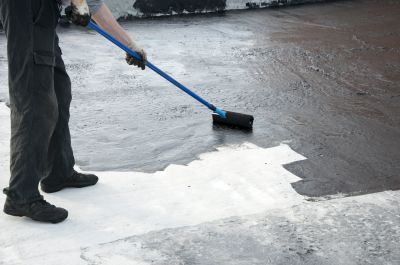
Proper application during spring ensures readiness for the rainy season and prevents water damage.
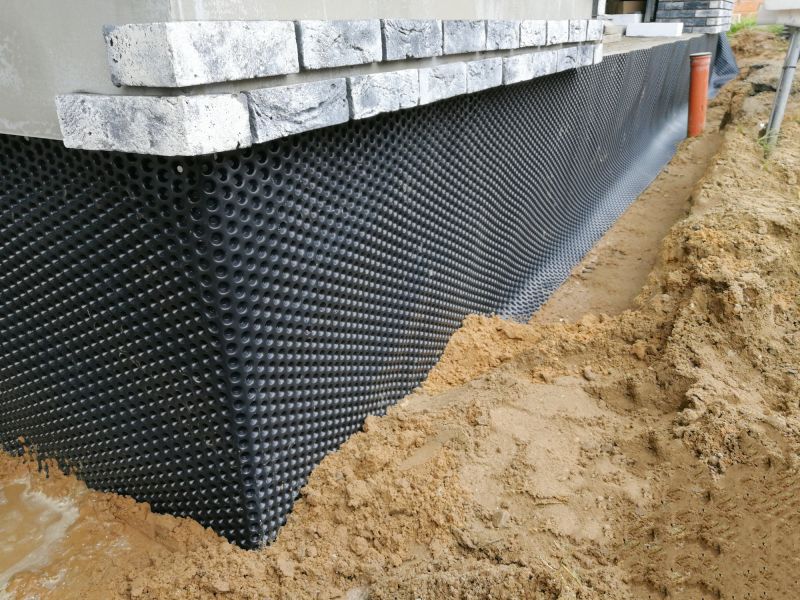
Applying waterproofing during dry periods enhances adhesion and durability.
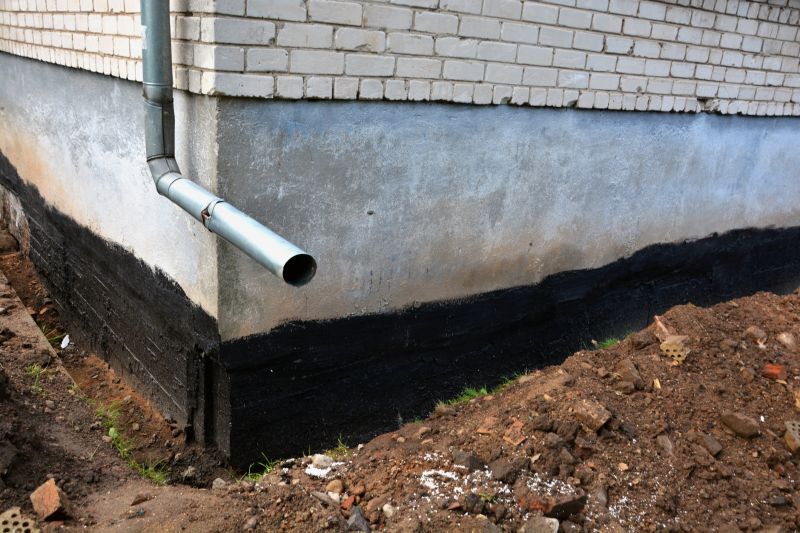
Fall offers stable weather conditions ideal for waterproofing projects.

Ways to make Waterproofings work in tight or awkward layouts.
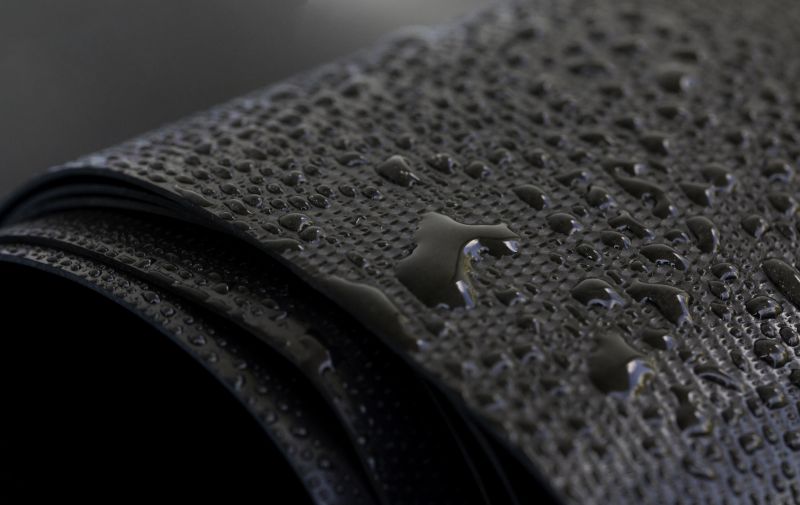
Popular materials for Waterproofings and why they hold up over time.
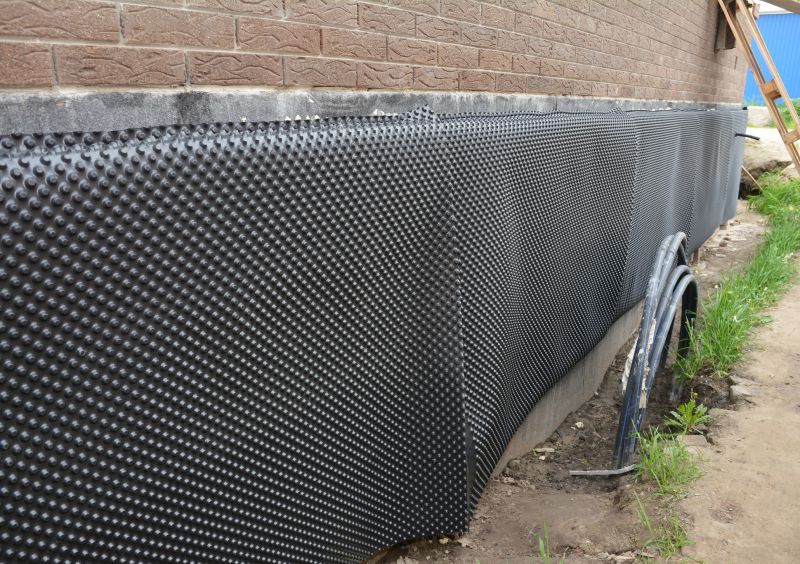
Simple add-ons that improve Waterproofings without blowing the budget.
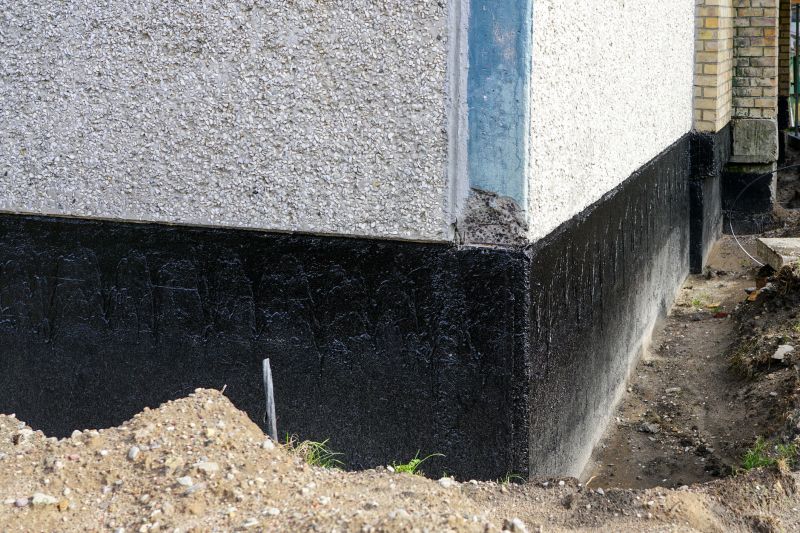
High-end options that actually feel worth it for Waterproofings.
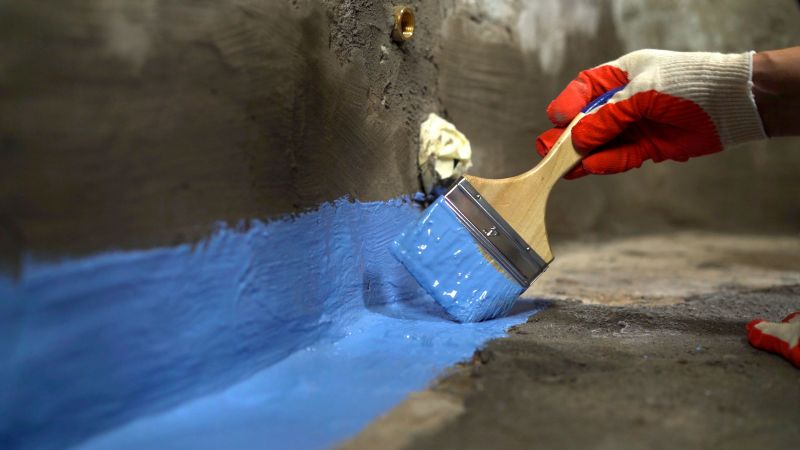
Finishes and colors that play nicely with Waterproofings.
| Season | Ideal Conditions |
|---|---|
| Late Spring | Moderate temperatures, low humidity, dry weather |
| Early Summer | Warm temperatures, minimal rain |
| Fall | Mild temperatures, dry conditions |
| Avoid | Winter and peak summer heat |
Waterproofing techniques involve applying specialized materials to prevent water penetration in foundations, roofs, basements, and other critical areas. The effectiveness of these materials depends on proper timing and weather conditions. Accurate scheduling reduces the likelihood of water-related damage, which can lead to costly repairs and structural issues. Regular inspections and timely applications are essential for maintaining the integrity of waterproofed surfaces.
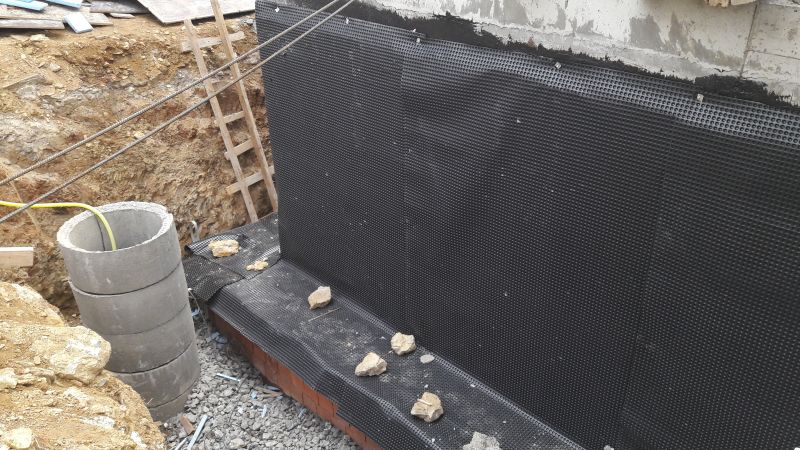
Various materials like membranes, coatings, and sealants are used depending on the application.
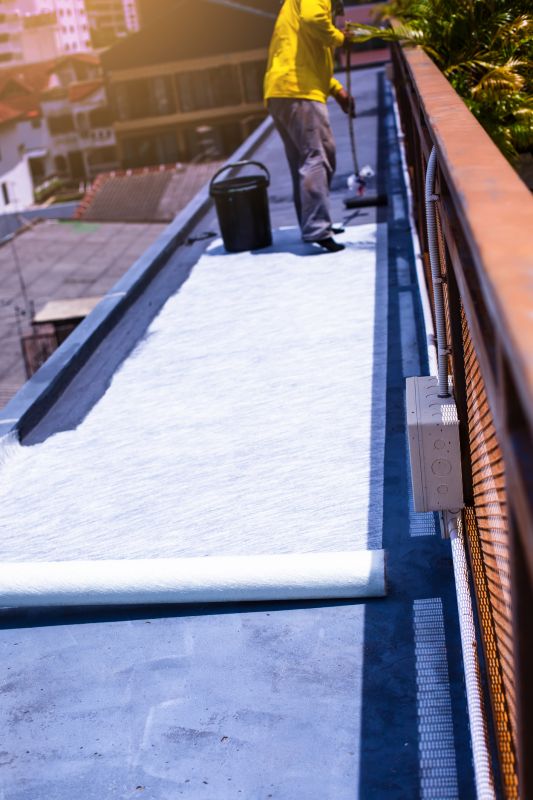
Proper surface preparation and application methods ensure maximum adhesion and durability.

Foundations, roofs, basements, and balconies are typical locations requiring waterproofing.

Protects structures from water damage, reduces maintenance costs, and extends lifespan.
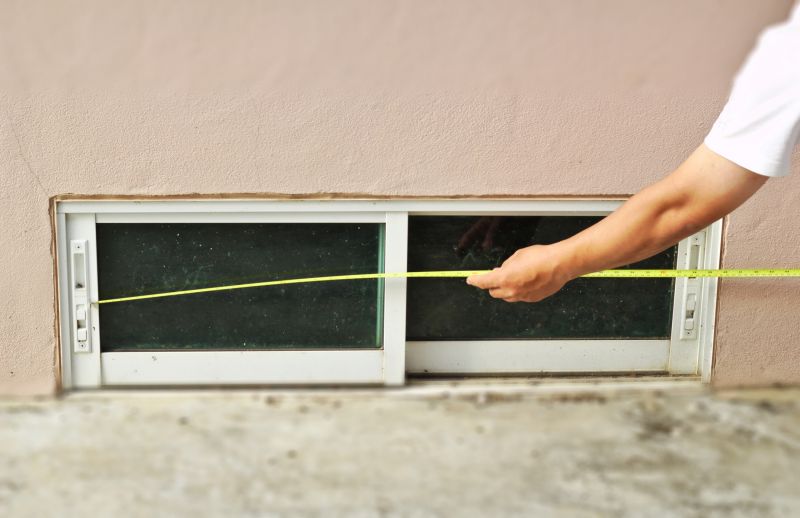
Little measurements that prevent headaches on Waterproofings day.

A 60-second routine that keeps Waterproofings looking new.
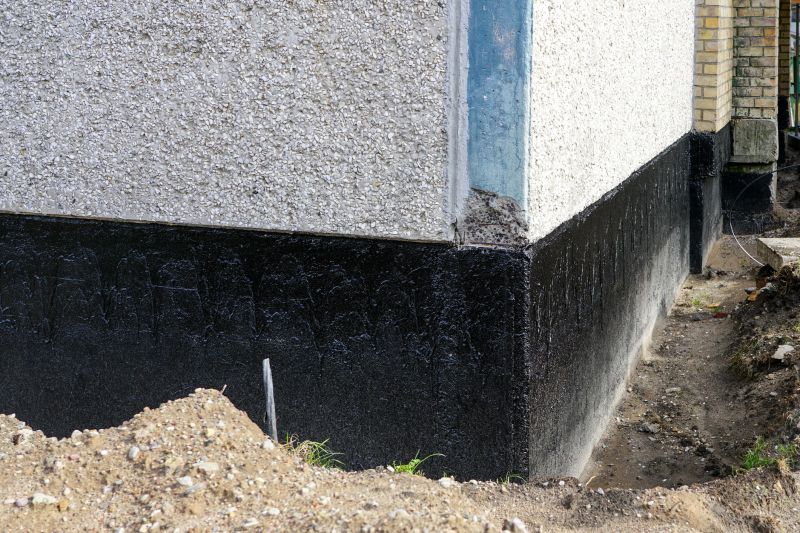
A frequent mistake in Waterproofings and how to dodge it.
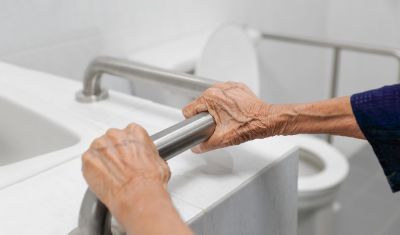
Small tweaks to make Waterproofings safer and easier to use.
Interested in waterproofing services? Filling out the contact form can provide more information and help schedule an appropriate application time tailored to local weather patterns and your specific needs.


